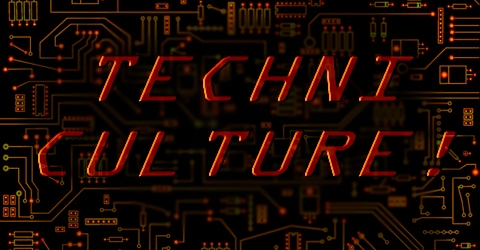
Marketing research firm NPD has reported that Google’s Android OS has clawed its way up into 2nd place overall in the US smartphone market based on reports covering the first quarter of the year. First place went to RIM’s Blackberry OS, which has a meaty 36% market share during the first quarter, followed by a distant Android OS, whose sales reached 28%. Apple is trying to keep up at 21%.
So the question is…how exactly is Android managing to outdo the company whose iPad killed two heavy hitting contenders’ dreams of tablet based devices dead in the water, forcing them to re-evaluate their strategies?
It basically comes down to strong carrier support, really. Verizon’s buy-one-get-one free offer was a solid strategy to gain and maintain a 30%smartphone market share. It closely followed AT&T, which had a 32% share. Way behind them both were T-Mobile & Sprint, which lagged at 17% & 15% respectively.
Now AT&T was basically applying Apple’s own exclusivity principle against it. An estimated 98.2 million subscribers use AT&T, & NONE of them can buy an iPhone for use with the network. The Android OS has much the same capabilities as the iPhone OS with the additional features of multitasking & not having to go through the stringent app selection process which bogs down Apple’s app store, which is in direct contrast to Android’s fast growing app store (50,000 apps and counting). Thus the void was filled by Android’s timely arrival. Of course, Verizon, for its part, spent a good 100 million dollars to promote the Android as well.
I’m inclined to believe that hardware flexibility comes into play as well. What that means is that Android is willing to lend its OS to any manufacturer which wants to make Android phones. Take the LG Ally, for instance. The hardware specs are not exactly top notch, but it’s the “flava” that the manufacturer gives the phone which makes it stand out. But it is, in all honesty, basically an Android phone.
The same can be said for other Android set manufacturers. Each has their own style ingrained in the underlying OS. And the many guises also allow customers a huge margin in prices, based on underlying hardware and make of the model. While with Apple, you only get Black or White, 3G or 3GS. End of story. A top level iPhone 3GS costs $299, while Android devices start from $99 (Droid Eris) and there are rumours that the Kyocera ZIO may be even cheaper. Back in 2008, the T-Mobile G1 was available in the UK free of charge with a $70 a month contract.
These days, you can find cheaper Android phones if you dig hard enough.
May 10, 2010
Categories: Uncategorized . Tags: ally, android, android 2.1, apple, apps, at&t, blackberry, cheap android, Google, LG, npd, RIM, sprint, Verizon . Author: usmanalifarooq . Comments: Leave a comment


